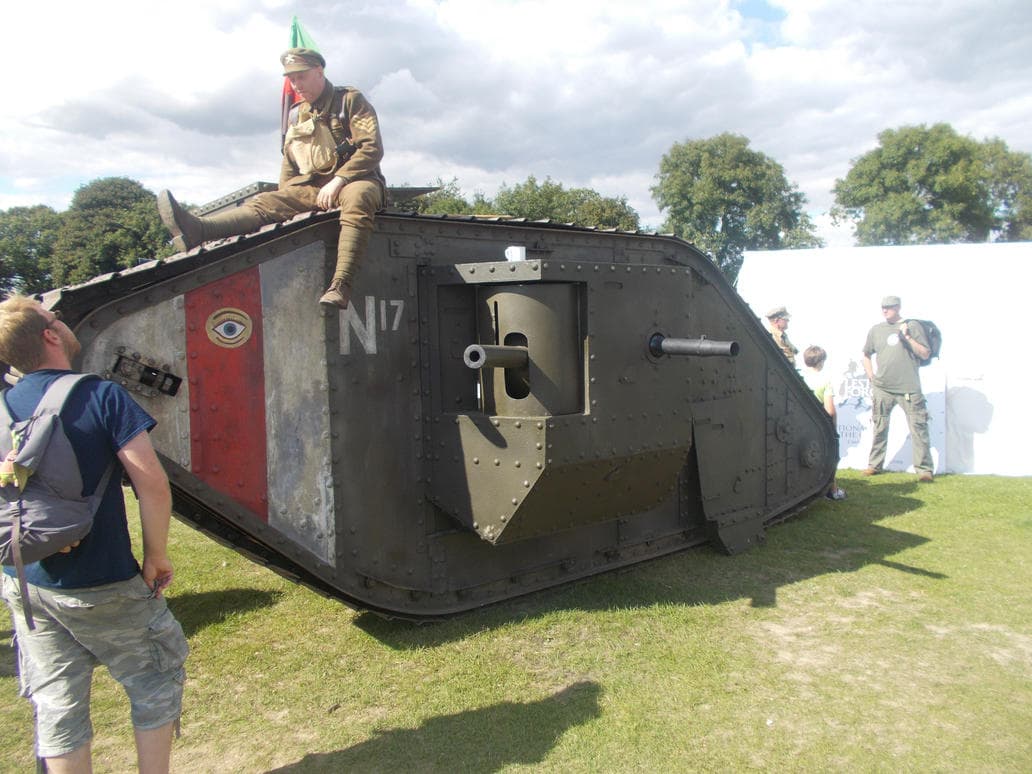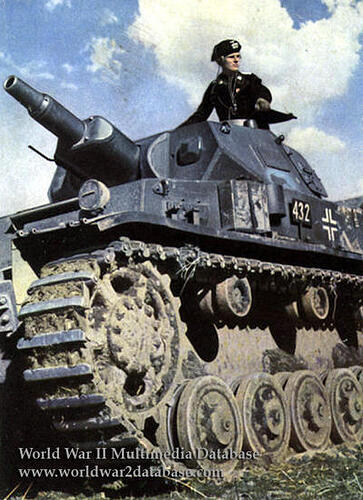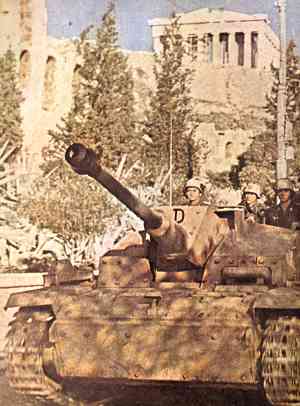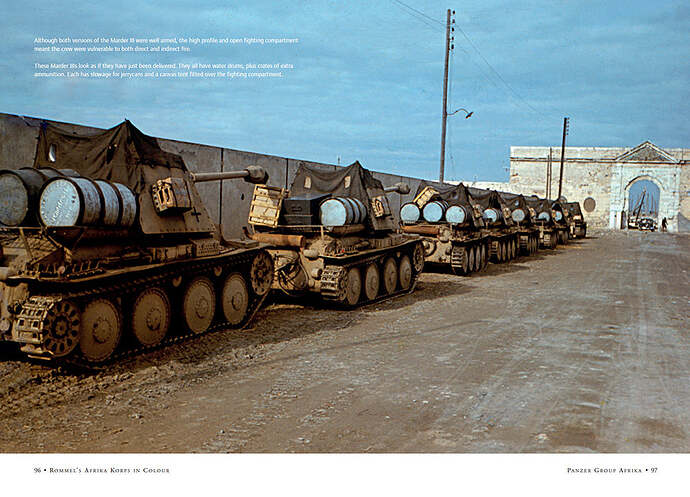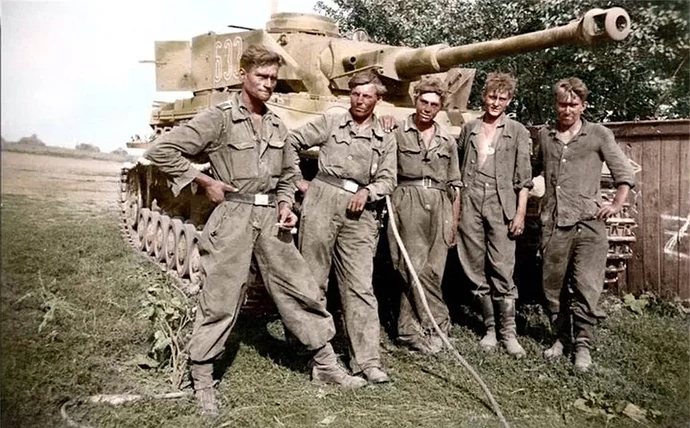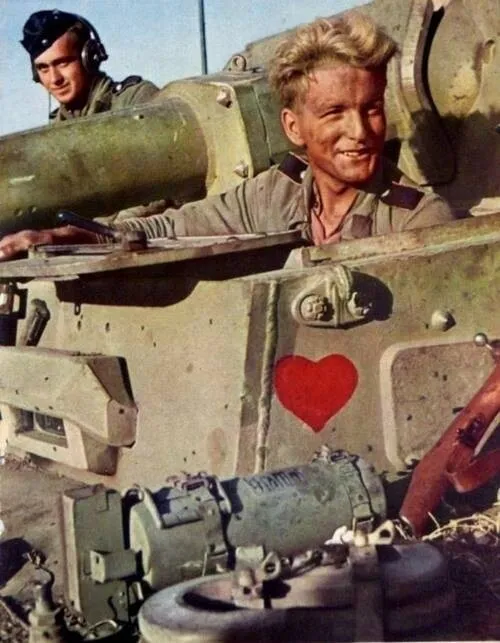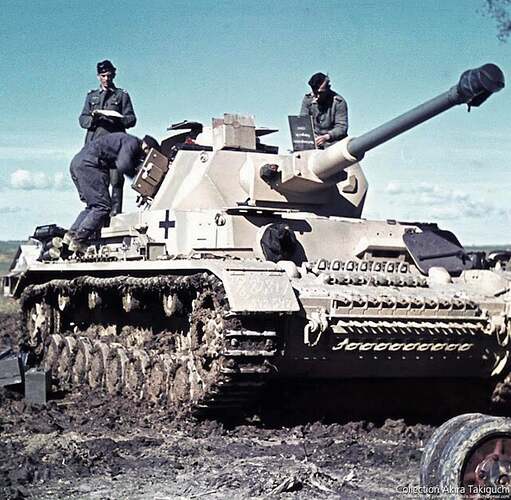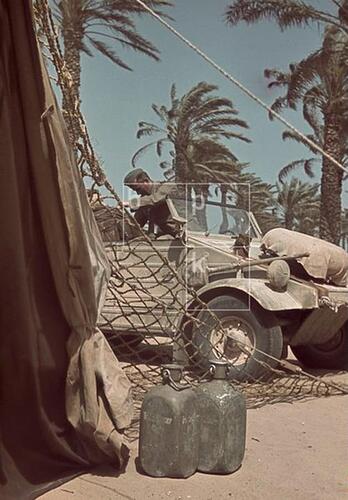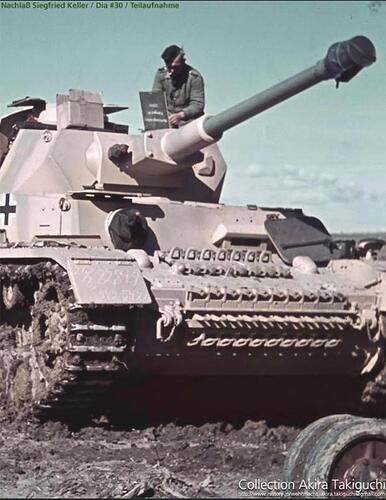Dear fellow Modelers of all Stripes:
Being an admittedly intermediate AFV modeler, but one who is a voracious quick study, a question popped into my mind whilst working on yet another heavy German armor build: when should/must I stop weathering? Being one of those persons who when discovering a new avocation goes way overboard and capitalizes a brand new operation into one overstocked with every single paint, accessory, model kit, primers, weathering and washes, oils, filters (even making my own now) Shaders, you name it, I discovered that I had a mania that would now cause me to operate like the government: if I have something I better use it, to Hell with the mission or what the build might call for (apologies here to Michael Roof for my parataxis affliction, I’m sure his fertile mind will spot it). I’m sick and twisted over this. When is enough enough? I pore through tutorials almost each day on some painting or weathering issue, but it necessarily comes with buying a new product. Bought a set of Windsor and Newton oils, but then discovered the MiG Oil brushes.
To me, after going through prepping the piece, I’ll prime it, sometimes rattle can if it’s Mr. color or Tamiya Fine, or Mr Surfacer from an airbrush, then I’ll lay my base (I might preshade), I’ll add any necessary camo, I then choose to detail paint all accessories and pioneer tools. Thanks to EurekaXXL, I make my own cables and handles, or I even scratch build parts.
But, after laying clear or varnish, I’ll start weathering usually with chipping if I laid chipped fluid down before finishing paint, or I’LLP use VMS’s new Chip n Nick acrylic chipping paint. I used it over the weekend but I found that while it does what it says, it’s excess creates a sort of wash which is Hell to remove. So you have to move forward in little bits. Then I find myself driven to use every damn thing I have on my shelves which are buckling now under the weight of materials. (I won’t even get into the paint debate (acrylics v lacquer v enamels). I had finished chipping, but hit a crossroads: wether to use Tamiya panel liners or the new Mr Color Weathering oil Weathering paints.? I went with the new Mr Color despite the lack of information on it. You really have to plan how and when to use it. So I used it. Now, understand that I also have layers of filter, chipping, various “stain” products, the works. I find myself actually have a serious desire to do an oil pin wash. Am I insane? When is enough enough, or am I coming at this wrong? While I have a couple knowledgeable mentors, they generally counsel moderation. Since most of you are well versed in this subject, and I’m not limiting it to AFV, isn’t there a better way? I myself know that each build seems to have a voice that calls for this or that, but I’ve never whispered a build which asked me for the works. So, what the h*ll is wrong with me? Is this conspicuous consumption of industry substances, or something worse? Help me.
Dan

